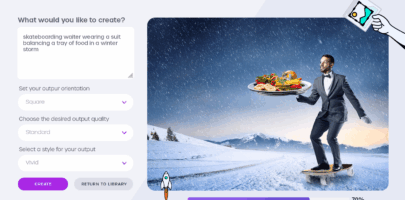Get news, updates, and insights delivered straight to your inbox.
Not Just a Name: Personalized Marketing Beyond Email

![]()
Names are important to us because they help set us apart—which is why marketers take such great store in them. By leveraging a customer’s personal details, marketers can connect with them and deliver enhanced brand experiences.
Unfortunately, so much personalization these days consists of simply switching out names in an email. While this is a nice touch, it’s not entirely what “personalization” is about: providing targeted brand experiences that bring value to the customer. And personalized emails don’t do that on their own—no matter how many times you repeat a name.
So how can you effectively personalize your marketing?
Dynamic marketing content
Emails can—and should—go beyond simply inserting names and other personal information to using truly dynamic content. From the body of the email content to the types of emails that a recipient receives, the entire experience can be personalized.
Dynamic content also applies to areas of a website or ads that change based on the customer’s browsing or purchase history, where it can be used to display special sales on the same item for repeat customers, or to do the reverse and only show things the user hasn’t seen before.
Promoting relevant content
The previous point can be expanded to show content that’s tailored to where a person is in the sales funnel. If you have tracking software set up, you’ll be able to send the customer the right type of asset at exactly the right time and help influence their buying decision.
The key to enabling your sales team effectively, however, is making sure they have that stage-appropriate content available in the first place. Once the content is available, personalizing it becomes simpler—and extremely effective. Adding names, industry stats, and other relevant info in email is a start, but continuing that to whitepapers and other long-form content—especially when it’s used for sales enablement—is where personalization really shines.
Measure and track to keep growing
As you may guess, there’s a sliding scale of personalization: The shallower the personalization (like name in an email), the easier it is to implement and the wider it can scale. The deeper the personalization (like customized whitepapers), the greater the effect on a customer, but the more effort it takes to do effectively.
As your organization matures from simple to more complex personalization, be sure to keep tracking in mind. An organized asset library and good tools can not only help you put the right content in front of the right person, but also track how each personalized assets performs—and even the parts of the asset that drive the most action.
As you can see, personalization can be scaled to fit your current capabilities and resources. You can start with data switching for personalized emails but move up into asset personalization as soon as you are able. Assess your own capabilities and needs to figure out which place on the scale brings you the most value for your efforts, and strive to move towards more personalization as you learn what’s working.


